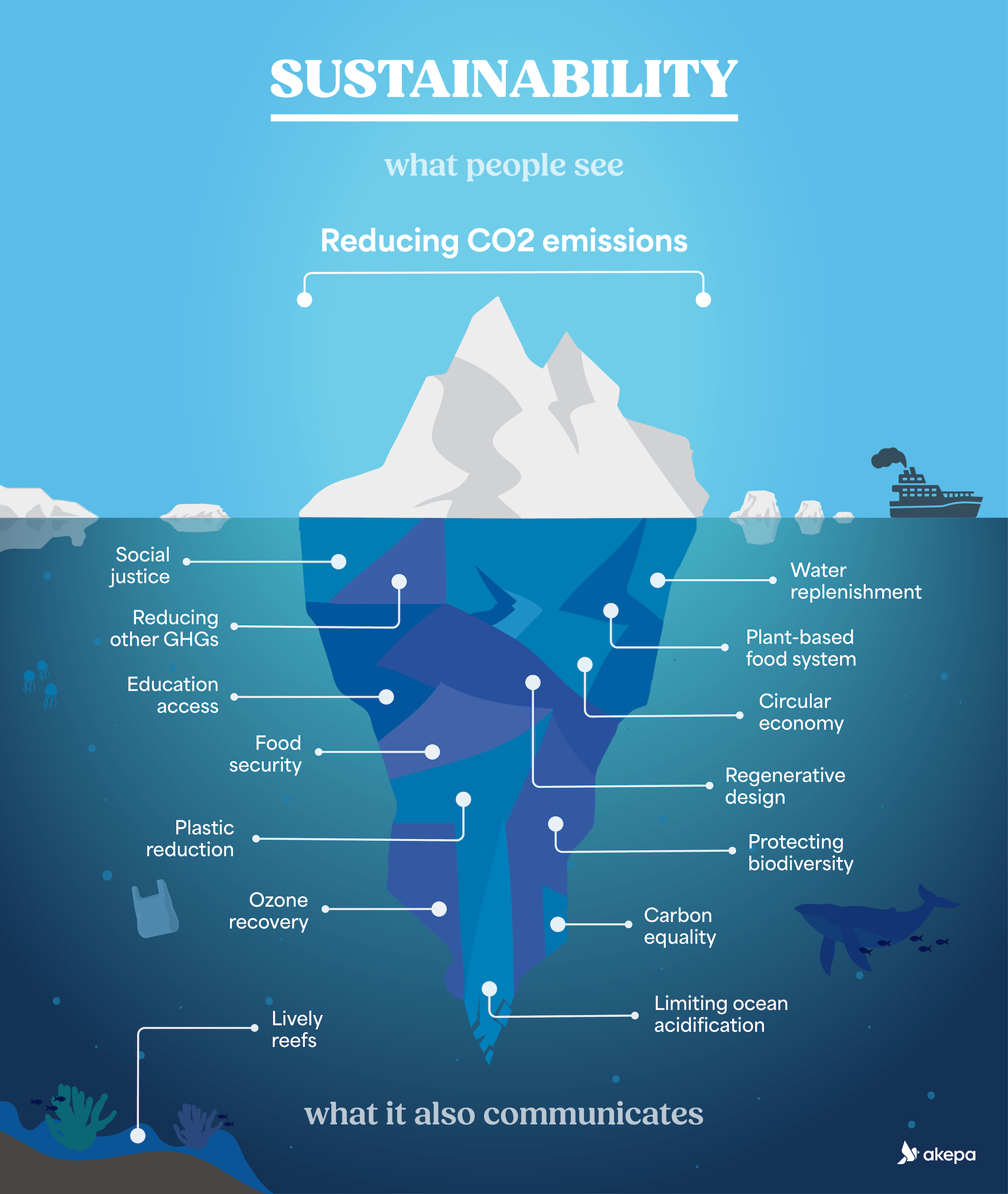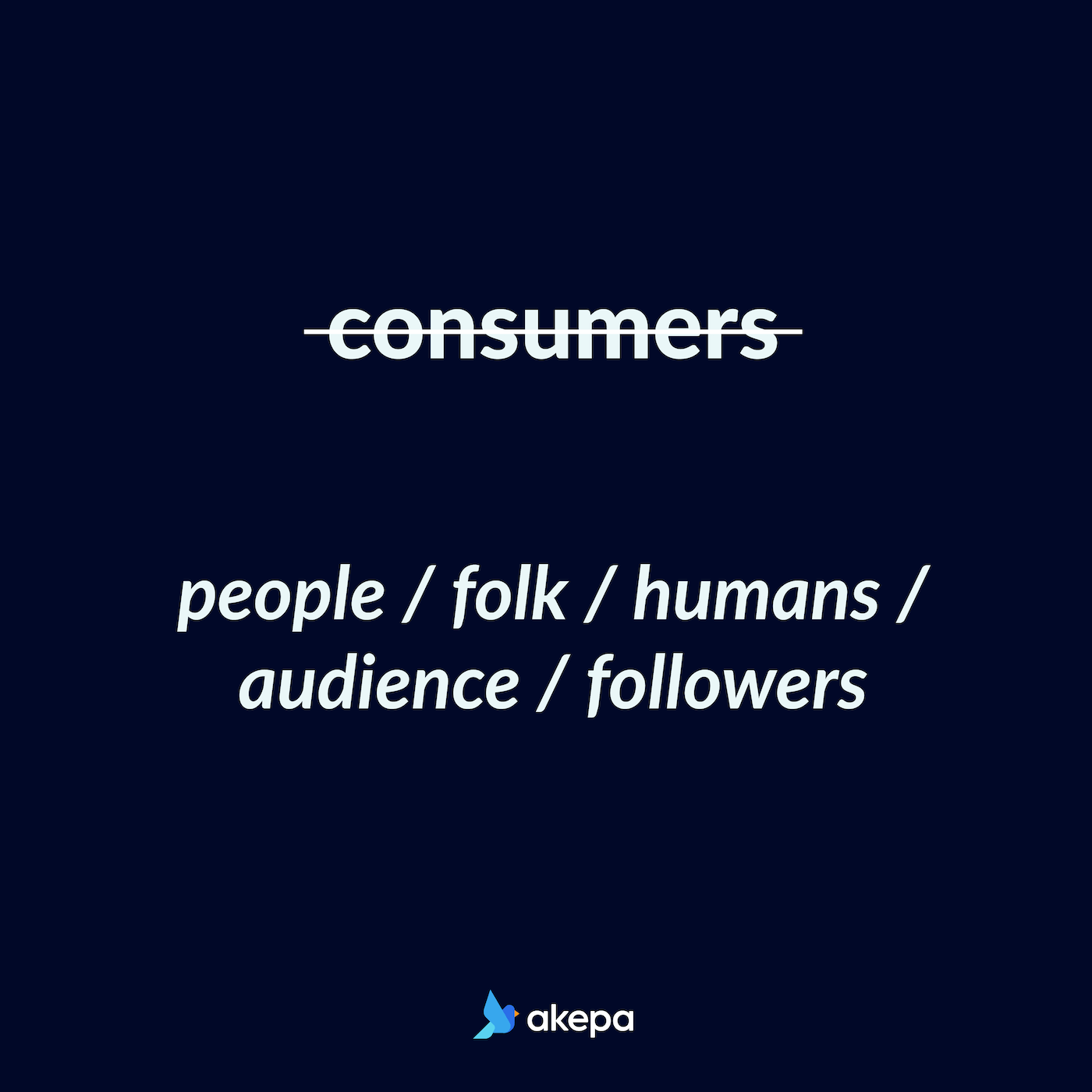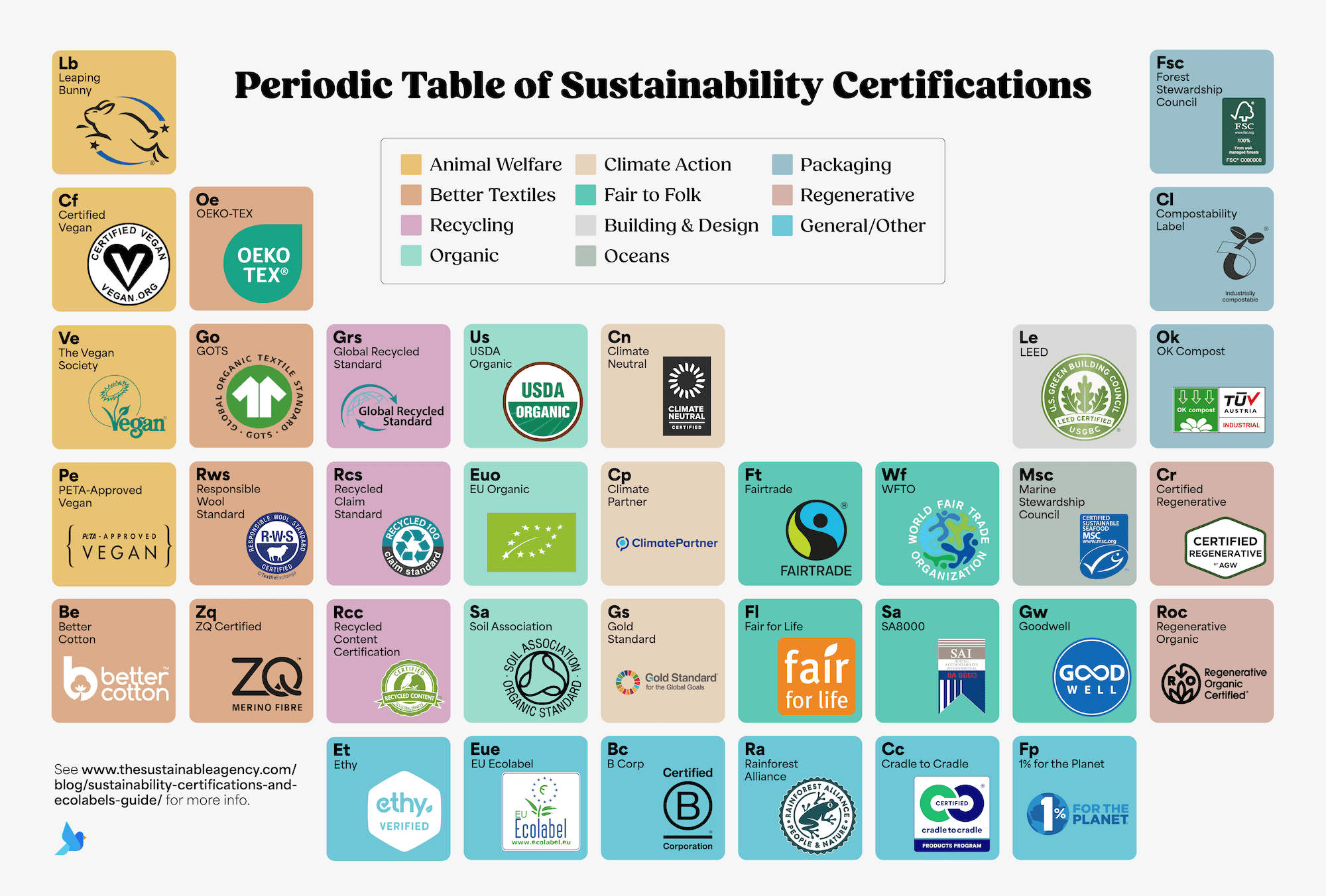As sustainability soars in popularity, brands in the space are vying to get their message out there.
Nevertheless, there are terrific attempts at sustainability marketing and there are awful faceplants. Here, we’ve assembled five key principles to make sure that your marketing efforts will have positive impact.
Principle 1: Be authentic
Successful sustainability marketing does not mean greenwashing. If you’re lying about your sustainability efforts to sway folk to buy your products then don’t even bother. It’s not a strategy that will pay off long term and you’ll also run the risk of legal action.
On the other hand, we also don’t recommend greenhushing. This is about going too quiet about sustainability progress in order to avoid criticism or complexity. It’s the circumspect standoffishness to greenwashing’s walter-mitty boasts. Do this and you’ll run the risk of just blending into the background.
Rather, what you should do is be open, honest and transparent about what you’re doing. Don’t say you’re doing things that you’re not. Don’t be afraid to mention the things that you’re doing. If you misstep, admit it. If you have something to celebrate, go wild. And so on.
That way, you’ll build a brand that people will notice, want to follow, engage with and hear from.
Principle 2: Avoid doom and gloom
Our planet is in a perilous state. Matters like climate change and the biodiversity crisis are hardly optimistic. The same goes for other issues that are under the sustainability iceberg, like social justice.

Yet, the difficulty is that while you can’t and shouldn’t deny reality, you will have less impact if you keep on banging on about how bad things are. To consistently communicate a message of disaster will get folk switching off faster than temperatures are rising.
The goal should be to inspire people. To move them in some way. So, generally speaking, and within reason, try to stay positive and optimistic.
You might wonder if this recommendation is just, like, our opinion or if it’s backed by stats. There is quite a bit of evidence to support the idea that people don’t like to be reminded about all the existential threats. For example, a sizable recent study led by New York University revealed that doomy climate messaging does not motivate people to take action.
And think, how does it make you feel?
Principle 3: Focus on folk
Sustainability marketing – perhaps even more so than marketing in other sectors – must be focused on human beings.
Note that we’ve said humans, not consumers (a dirty little word we dislike). And therein lies a tip: don’t communicate in corporate jargon. Sustainability is an emotive, passionate, and just too-plain-important area to be pacified with sloppy lingo that’s typically found in powerpoint presentations. Instead, communicate like the human beings you wish to connect with.

A couple of points on creating standout online content that folk will like. SEO is important to sustainable brands but the best approach to SEO these days is to build your brand. So, don’t create content for search engines alone; create content for people. Of course, you should supplement that content with a sensible amount of SEO that doesn’t detract.
We also live in an era of rising AI. Again, we urge moderation here. Do not churn out bland AI stodge that sounds superficially plausible but says nothing. It’s fair to get a little bit of AI support here and there but it’s better to spend time creating high-quality content that has real depth. This is true for all brands but more important with sustainability content, where truthfulness, detail and recency is key to looking people in the eye.
Principle 4: Get creative
Lots of people are able to write content well – and there are plenty of superior wordsmiths out there. Fewer people are able to write compelling content that’s visually grabbing, with slick infographics, videos and so on. When you combine well-written content with that kind of multimedia, it’s a far rarer skill. You’re taking your content to the next level and starting to really impress people.
Our tip is to take it step by step – and keep it simple. One of the most shareable content forms is infographics, so try to create a few of those to begin with to complement your blogs, articles or reports. Don’t over complicate the task and create a clean and simple design. This is something that Akepa has been doing a lot of recently, with success. The example below has been liked and shared thousands of times on Linkedin. It wasn’t that hard to create but it’s evidently adding a lot of value.

Part of the reason that graphic did so well is due to another tip – to be creative. It can be easy to get sucked into the data or distracted by the plethora of online tools out there. Yet, it’s bold creativity that cuts through more easily. So, at least some of the time, don’t be guided by data or obsequious to online tools – try and do something different. If you have a lightbulb moment, act on it. And while it won’t work every time, it is worth it to try.
Principle 5: Don’t be a copycat
While you can do all of the things we’ve described so far – it’s fair to say that sustainability is a noisy space at the moment, which is reassuring because the more people that are involved the better. Sustainability shouldn’t be cliquey. Still, that does mean that standing out becomes trickier.
So one simple sustainability marketing principle that we stand by is to develop a unique tone of voice. The planet’s best brands do this. Be influenced by other people but don’t copy them. Just by taking that decision alone you’re going to give your mission a better chance of success.
To sum that all up, put your audience first…
Climate change and sustainability concerns are affecting us all. Nobody is immune. By putting your audience first you’ll speak to them in a tongue that they’ll appreciate. Follow these five tips to help you do that – and if you find them useful, we’re glad. You may even have some other tips, in which case please make a comment to let us know. We’re not perfect and we like to listen to grow.
By the way, we’re a marketing agency that specializes in communicating sustainability with impact. If you’d like a bit of expert help – then feel free to get in touch and we’d be delighted to have a chat.



Leave a Reply